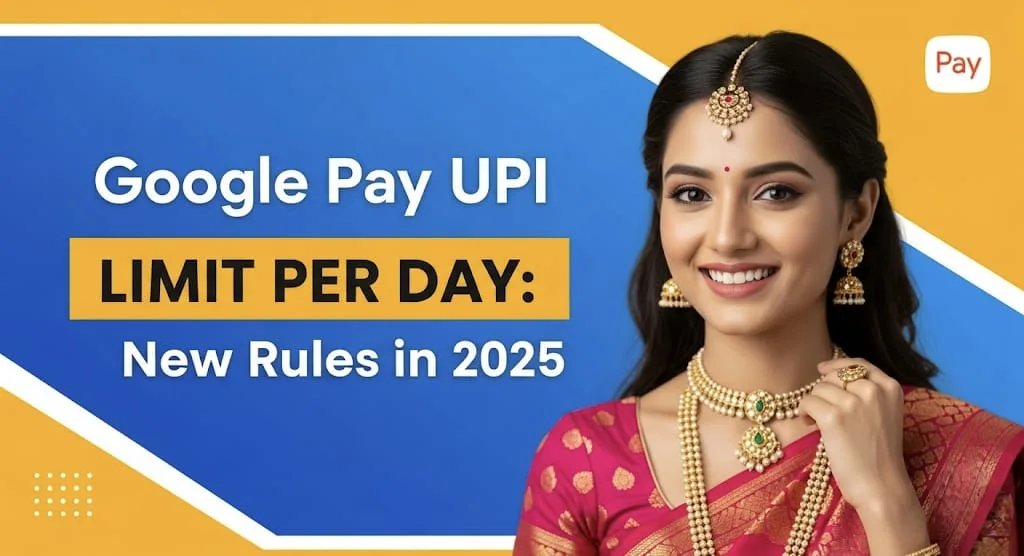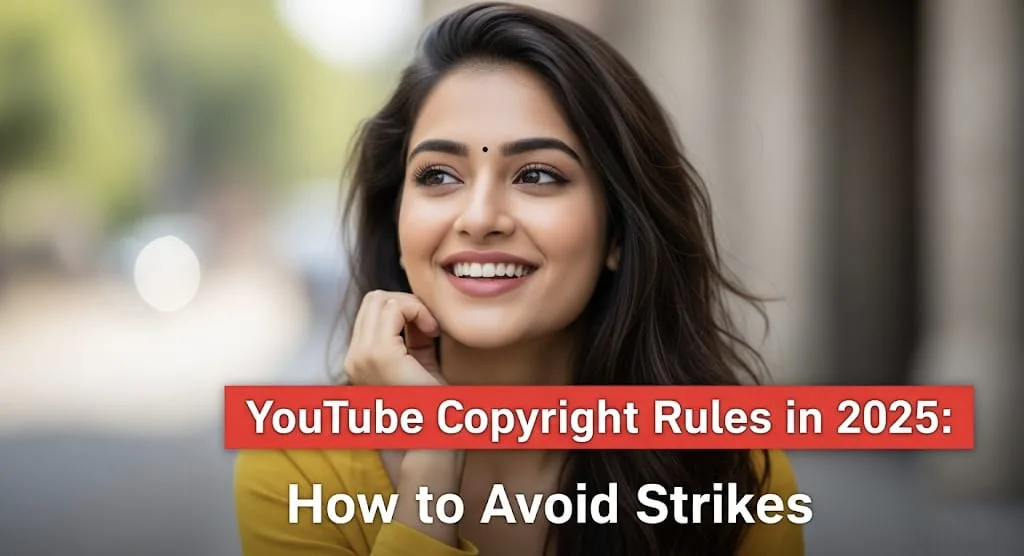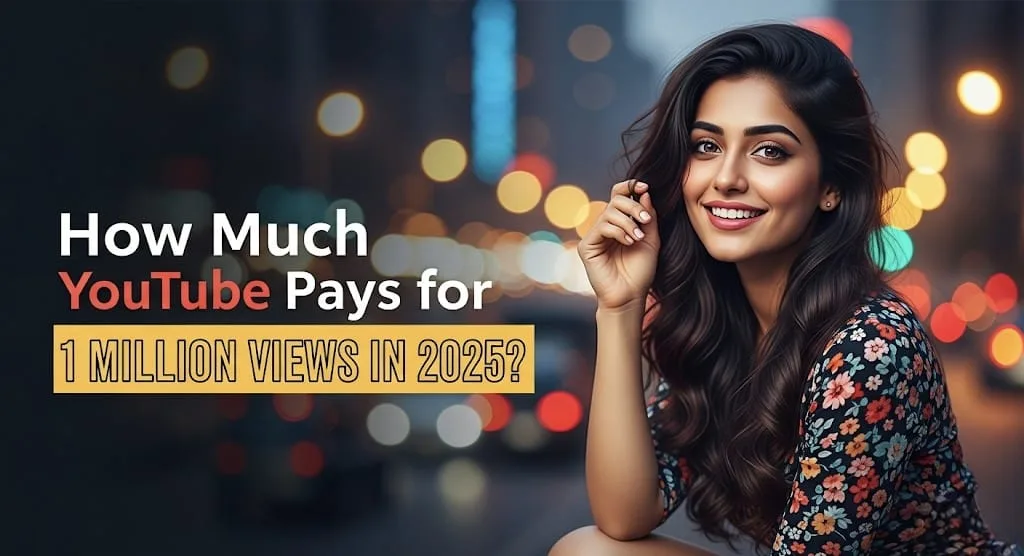The digital payment landscape in India continues its rapid evolution, with Unified Payments Interface (UPI) leading the charge. As we navigate through 2025, Google Pay, a prominent player in this ecosystem, has clarified its daily transaction limits and integrated new regulations set forth by the National Payments Corporation of India (NPCI). These updates are crucial for millions of users who rely on GPay for their everyday financial needs. Understanding these new rules is key to seamless transactions and avoiding unexpected hurdles.
Understanding the Core UPI Limits 📊
The foundation of UPI transaction limits is set by the NPCI. For the vast majority of transactions, the standard daily UPI limit across all applications, including Google Pay, remains at ₹1,00,000. This means the cumulative total of all UPI transactions you make from any app linked to your bank account cannot exceed this amount in a 24-hour period.
Beyond the monetary limit, there’s also a transaction count limit. Users are generally restricted to a maximum of 20 UPI transactions within a single day. Once either the amount or the transaction count limit is reached, you will need to wait until the next day to resume your UPI activities.
Google Pay Specifics and Nuances ✨
While the NPCI sets the overarching guidelines, Google Pay, like other Payment Service Providers (PSPs), implements these rules with some additional considerations.
- Standard Daily Limit: For most peer-to-peer (P2P) transfers and peer-to-merchant (P2M) payments, the Google Pay daily limit aligns with the NPCI standard of ₹1,00,000.
- Transaction Count: Similarly, the 20 transactions per day cap also applies to Google Pay users.
- New User Restriction: A significant point for new Google Pay users, or those who have recently reinstalled the app or changed their mobile number, is a temporary restriction. For the first 24 hours, your sending limit is capped at ₹5,000. This is a security measure to mitigate potential fraud.
- Virtual Payment Address (VPA) Requests: If you are requesting money using a VPA, the daily limit for such requests is typically ₹2,000. This cap helps in reducing misuse.
Higher Limits for Specific Transactions 📈
Recognizing the need for larger value transactions in certain essential sectors, the NPCI, and consequently Google Pay, have provisioned for higher UPI limits. These enhanced limits are generally applicable to specific, high-priority transactions:
- Payments up to ₹5,00,000:
- Income tax payments
- Fees to educational institutions
- Hospital bills
- IPO applications (for non-institutional investors)
- Investments under the RBI’s Retail Direct Scheme (RDS)
- Payments up to ₹2,00,000:
- Credit card payments
- Loan repayments
- Capital market transactions
- Insurance payments
- Foreign inward remittances
These higher limits ensure that users can conveniently manage significant financial obligations through UPI, streamlining processes that traditionally required other payment methods.
The Role of Your Bank in UPI Limits 🏦
It’s crucial to remember that while NPCI sets the base, individual banks can and often do impose their own specific UPI transaction limits. These bank-specific limits might be lower than the general NPCI cap. Therefore, even if Google Pay allows for ₹1,00,000, your bank might have a lower per-transaction or daily limit, which would supersede the general GPay limit.
- Varying Bank Limits: Some banks might allow the full ₹1,00,000 per transaction, while others might cap it at ₹50,000, ₹25,000, or even lower, depending on the account type and internal policies.
- Weekly/Monthly Caps: In addition to daily limits, some banks may also introduce weekly or monthly transaction caps, which further influence your overall UPI usage.
- Checking Your Bank’s Limits: To avoid declined payments, it’s always advisable to check with your specific bank for their UPI transaction limits. This information is typically available on their official website, mobile banking app, or by contacting customer support.
New API Regulations and Their Impact 🛡️
Beyond transaction limits, NPCI has also introduced new API (Application Programming Interface) guidelines in 2025 to enhance the stability and security of the UPI ecosystem. These regulations primarily target the frequency of non-financial transactions and system-initiated requests.
- Balance Inquiry Restrictions: Starting August 1, 2025, balance inquiry requests will be limited to 50 per app per customer per day. This is aimed at reducing system load during peak hours.
- Autopay Mandate Execution: Autopay mandates will now primarily be executed during non-peak hours to ensure smoother processing and prevent system congestion.
- Beneficiary Name Verification: From June 30, 2025, UPI applications are mandated to display only the ultimate beneficiary’s name (as per banking records) on the pre-transaction details page to prevent fraud and instill greater confidence.
These measures underscore the continuous efforts to make UPI more robust, secure, and user-friendly, even if it means minor adjustments to everyday usage patterns.
Navigating the Changes for a Smooth Experience 🗺️
For Google Pay users in 2025, staying informed about these evolving rules is paramount.
- Always be aware of your bank’s specific UPI limits. This is the primary factor that will determine your actual transaction capacity.
- Plan larger transactions: For high-value payments falling under the special categories, be mindful of the increased limits.
- Monitor your daily transaction count: If you make many small transactions, you might hit the 20-transaction limit before the ₹1,00,000 monetary limit.
- New users should be patient: The initial 24-hour ₹5,000 limit is a temporary security measure.
By understanding these comprehensive changes to Google Pay UPI limits and the broader UPI regulations, users can continue to enjoy the convenience and efficiency of digital payments in India.
Frequently Asked Questions (FAQs) 🤔
Q1: Can I increase my Google Pay UPI limit if I need to transfer more than ₹1,00,000 in a day?
A1: Generally, the standard UPI limit of ₹1,00,000 per day applies to most transactions across all UPI apps. However, for specific categories like tax payments, hospital bills, or educational fees, the limit can go up to ₹5,00,000. For other higher limits, you would typically need to explore alternative payment methods like NEFT/RTGS through your bank’s net banking or mobile banking app, or contact your bank to see if they offer a temporary increase based on your account type and transaction history.
Q2: What happens if I exceed the daily transaction limit on Google Pay?
A2: If you exceed either the daily monetary limit (usually ₹1,00,000) or the daily transaction count limit (usually 20 transactions) on Google Pay, your subsequent transactions will be declined. You will then need to wait until the next 24-hour cycle begins to initiate new UPI payments.
Q3: Are there any charges for using Google Pay for UPI transactions in 2025?
A3: No, Google Pay does not levy any direct charges on users for conducting peer-to-peer (P2P) or peer-to-merchant (P2M) UPI transactions. UPI transactions between bank accounts remain free for users in India. Any charges you might encounter would typically be related to specific bank services or if you’re using a Prepaid Payment Instrument (PPI) for transactions above a certain value, as per NPCI’s interchange fee guidelines which usually impact merchants.














